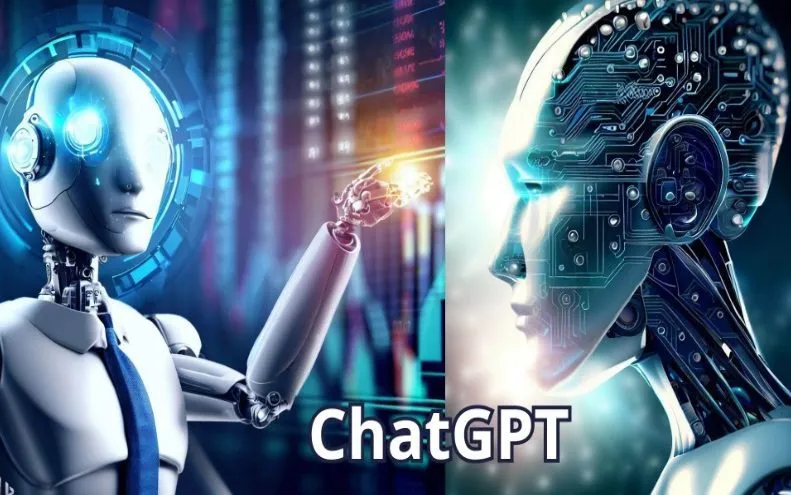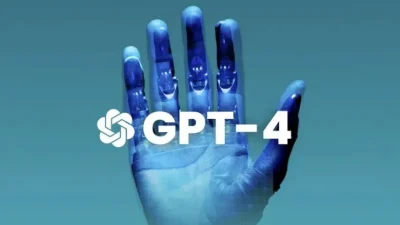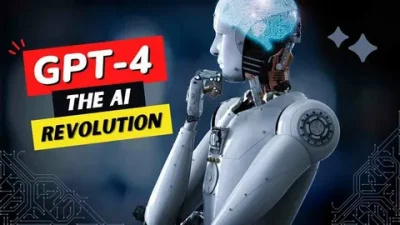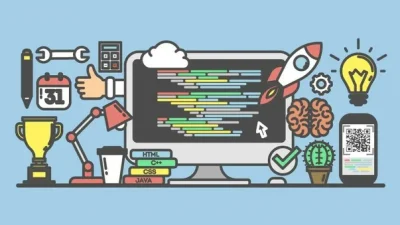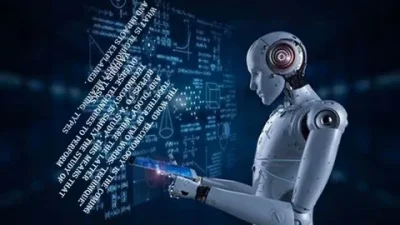The development of GPT-4 marks a significant step forward in natural language processing (NLP) and artificial intelligence. As a cutting-edge language model, GPT-4 continues to influence industries, shape user interactions, and expand the boundaries of what AI can achieve. In this article, we will explore the most recent advancements, trends, and forecasts related to GPT-4, focusing on its impact on various sectors and potential future developments.
Key Advancements in GPT-4 Technology
Enhanced Contextual Understanding
One of the most remarkable improvements in GPT-4 is its ability to understand and generate more nuanced and contextually appropriate text. Compared to its predecessors, GPT-4 can better grasp complex instructions, respond to multi-step queries, and adapt its tone and style to fit diverse user needs.
This enhanced contextual understanding has opened up new possibilities for applications, such as:
- Crafting personalized marketing content.
- Improving customer service interactions.
- Generating academic and technical documents with greater precision.
Expanded Multimodal Capabilities
GPT-4 now incorporates advanced multimodal capabilities, enabling it to process not only text but also images and other data formats. For example, GPT-4 can interpret images and provide detailed textual descriptions, making it a powerful tool for:
- Assisting visually impaired users with image descriptions.
- Enhancing e-learning platforms by combining visuals and textual explanations.
- Supporting content creators in generating multimedia content.
Comparison of Multimodal Capabilities in GPT Versions
| Feature | GPT-3.5 | GPT-4 |
|---|---|---|
| Text Processing | Advanced | Highly Advanced |
| Image Processing | Limited | Comprehensive |
| Multimodal Integration | Basic | Robust |
Scalability and Efficiency
GPT-4 demonstrates significant improvements in scalability and efficiency. By leveraging advanced neural network architectures, it delivers faster response times and reduced computational costs, which benefit both developers and end-users. These enhancements are particularly relevant for industries requiring real-time applications, such as:
- Financial services for market analysis.
- Healthcare for instant diagnostic tools.
- E-commerce for personalized shopping assistants.
Trends Shaping GPT-4’s Usage
AI in Education
GPT-4 is revolutionizing education by offering interactive and personalized learning experiences. Its ability to tailor content for individual learners makes it ideal for:
- Developing adaptive learning platforms.
- Assisting with language acquisition and tutoring.
- Creating detailed explanations for complex topics.
Institutions worldwide are adopting GPT-4 to support blended learning models, combining human expertise with AI-driven tools.
Workforce Transformation
The integration of GPT-4 in workplaces is reshaping job roles and operational strategies. Organizations are using it to automate repetitive tasks, enhance decision-making, and foster innovation. Some key use cases include:
- Automating customer support.
- Streamlining content creation workflows.
- Generating actionable business insights from large datasets.
Impact of GPT-4 on Workforce Dynamics
| Aspect | Traditional Approach | GPT-4 Enabled Approach |
| Customer Support | Manual Interaction | Automated Responses |
| Content Creation | Human-Driven | AI-Assisted |
| Data Analysis | Labor-Intensive | AI-Optimized |
Ethical Considerations and Bias Mitigation
While GPT-4 offers immense potential, ethical concerns surrounding AI continue to dominate discussions. Efforts to mitigate biases, ensure data privacy, and establish accountability are critical to fostering trust in AI systems. Developers are prioritizing:
- Training on diverse datasets to reduce biases.
- Implementing transparency in AI decision-making.
- Adhering to global regulations on data privacy.
Forecasting Future Developments in GPT-4
Advanced Multilingual Support
GPT-4 is expected to expand its multilingual capabilities further, breaking language barriers and facilitating cross-cultural communication. This enhancement could revolutionize global industries, such as:
- International trade with seamless translation tools.
- Multilingual customer support for global enterprises.
- Cross-border collaborations in science and technology.
Integration with IoT and Smart Devices
The future of GPT-4 lies in its seamless integration with the Internet of Things (IoT). Imagine smart home systems that not only respond to commands but also anticipate user needs by analyzing behavioral patterns. Potential applications include:
- Energy-efficient home automation.
- Personalized health monitoring systems.
- Enhanced security features in connected devices.
AI-Driven Creativity
GPT-4 is increasingly being used as a collaborator in creative fields, aiding in tasks like:
- Generating story ideas and scripts.
- Composing music and lyrics.
- Designing visual and interactive content.
This trend indicates a future where AI complements human creativity rather than replacing it.
Challenges and Limitations
Despite its advancements, GPT-4 faces challenges that need to be addressed for wider adoption:
- Accuracy and Reliability:
- While GPT-4 excels in many tasks, it can occasionally produce inaccurate or misleading information. Continuous refinement of its training data is essential.
- Ethical Implications:
- Ensuring ethical usage and minimizing potential misuse of GPT-4 are ongoing concerns for developers and policymakers.
- Cost of Implementation:
- High computational requirements can make deploying GPT-4 challenging for small and medium-sized enterprises.
Conclusion
GPT-4 represents a monumental leap in the evolution of AI technologies. Its advancements in contextual understanding, multimodal capabilities, and scalability are reshaping industries and enriching user experiences. However, addressing ethical concerns and technical limitations remains crucial to unlocking its full potential. As GPT-4 continues to evolve, its applications are poised to expand, driving innovation across diverse domains.

